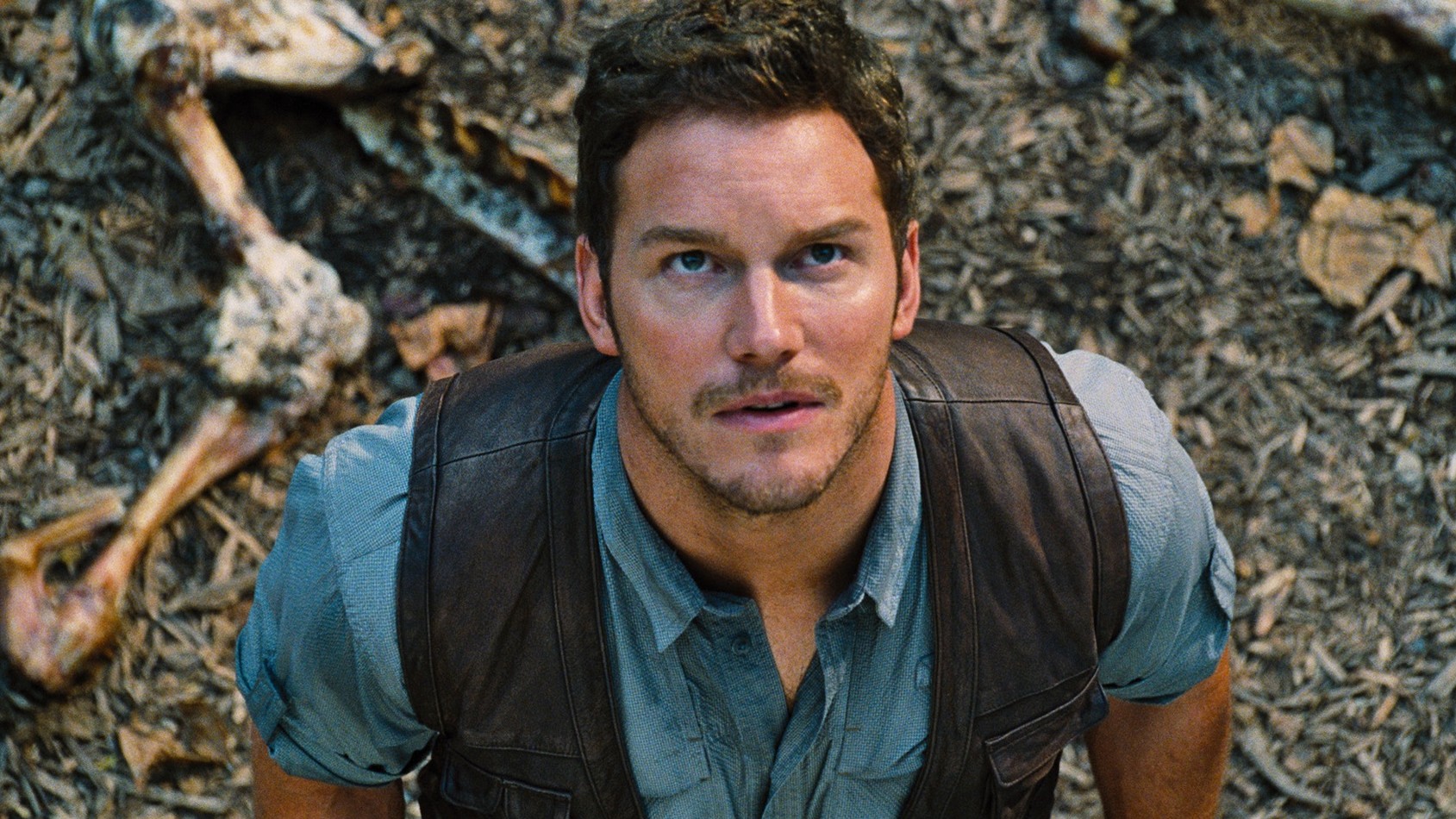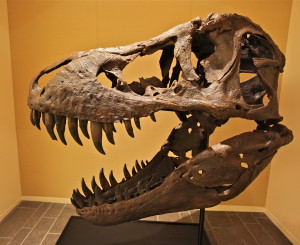Scientists Dig Up New Discoveries with Nanotechnology

It’s been twenty years since Jurassic Park captured the imaginations of movie-goers with its fantastic and terrifying tale of prehistoric creatures brought back to life through revolutionary science. This past weekend the series debuted its latest chapter, Jurassic World, to eager audiences around the globe. The film has broken box office records and stands at the second highest US opening of all time. But is it really as much of a fantasy as we think?
As audiences prepared themselves for opening night, Dr. Sergio Bertazzo was announcing the discovery of red blood cells and other soft tissue remnants in a cache of 75 million year old dinosaur fossils. These fossils had been stored under imperfect conditions at the Natural History Museum in London for the past 100 years, since their discovery at the Dinosaur Park Formation, located in Alberta, Canada.
The general belief in the scientific community has been  that the maximum survival rate of protein molecules was limited to 4 million years, while soft tissues were thought to degrade in less than 1 millionyears, even under optimal conditions. Soft tissue discoveries have been made in extremely rare cases, and were derived from exceptionally well preserved specimens.
that the maximum survival rate of protein molecules was limited to 4 million years, while soft tissues were thought to degrade in less than 1 millionyears, even under optimal conditions. Soft tissue discoveries have been made in extremely rare cases, and were derived from exceptionally well preserved specimens.
The samples analyzed by Dr. Bertazzo’s team at Imperial College, London dated back to the Cretaceous era, which ended 66 million years ago, leaving a significant gap between the date of the fossils studied and the expected time frame for usable organic material.
By utilizing nano-analytical techniques, which employ a specialized microscope that creates cuts on a nanometric scale and is capable of moving infinitesimal particles within the sample, the team was able to identify amino acid fragments signifying the presence of organic materials. The ability to detect the presence of red blood cell and collagen fragments where there are no visible soft tissue structures presents scientists with some exciting prospects.
“If we can find blood cells in lots of different dinosaurs, the range in size might provide an independent line of evidence for when dinosaurs became warm-blooded.”—Dr. Sergio Bertazzo, Imperial College, London
It remains to be seen whether this increases the odds of discovering DNA, or cloning your own pet dinosaur, the insight into the biology of these distant ancestors can still provide a wealth of information for researchers. While the chances of a modern Velociraptor chasing Chris Pratt across your backyard remains slim, these developments are certainly no less exciting to scientists looking to expand our understanding of the natural history of our world.
